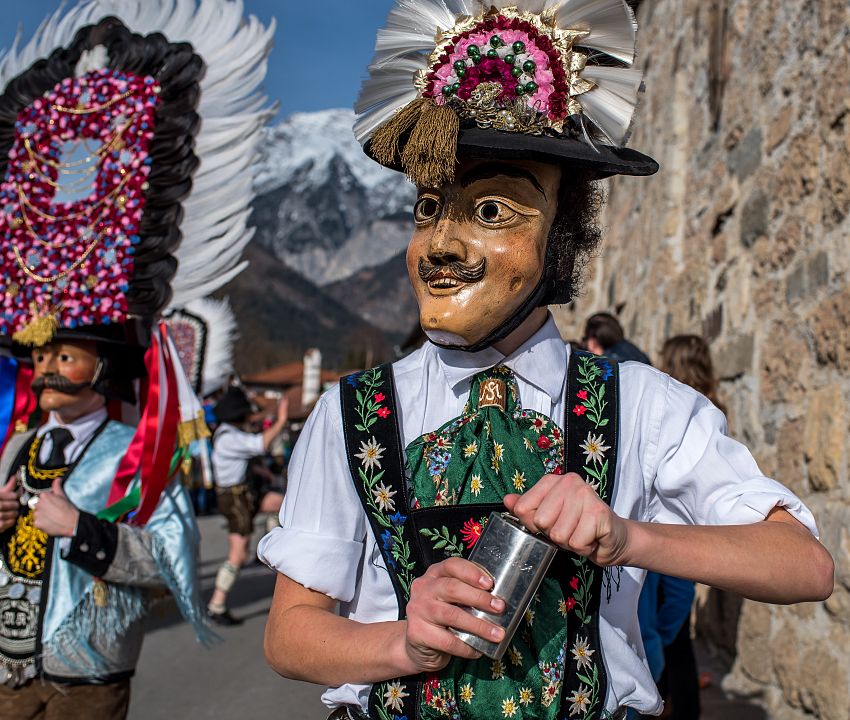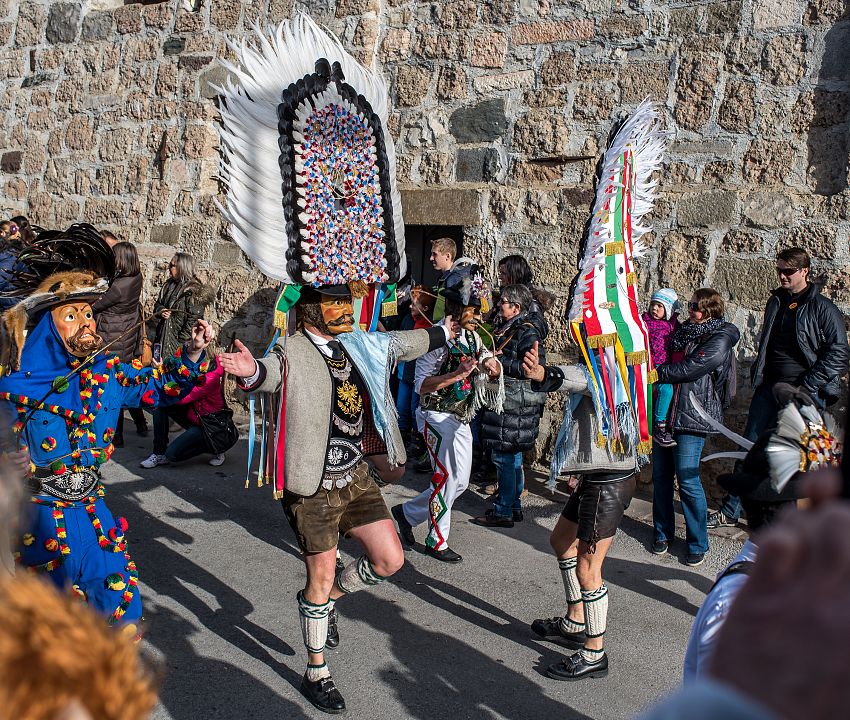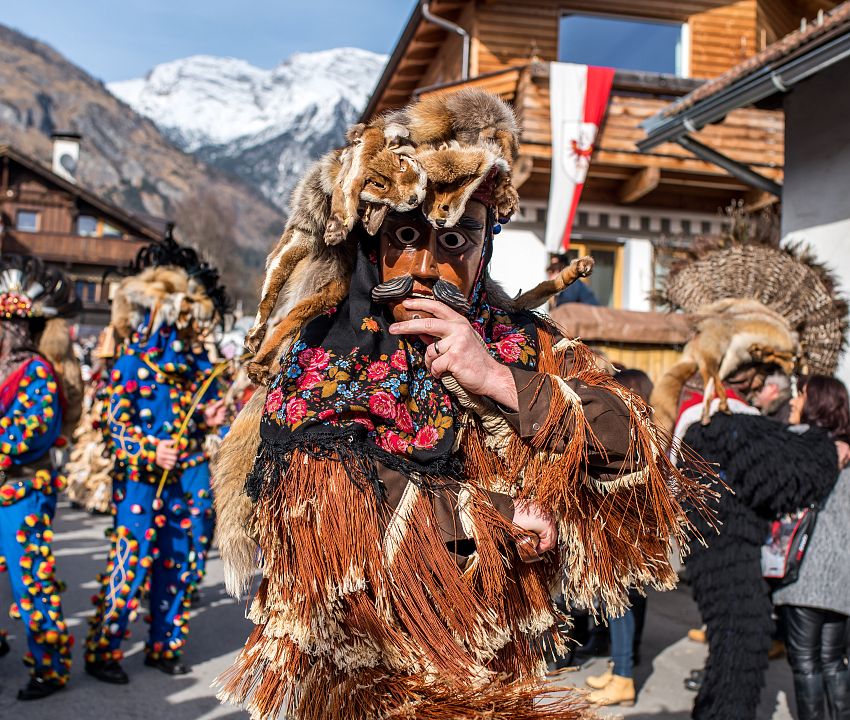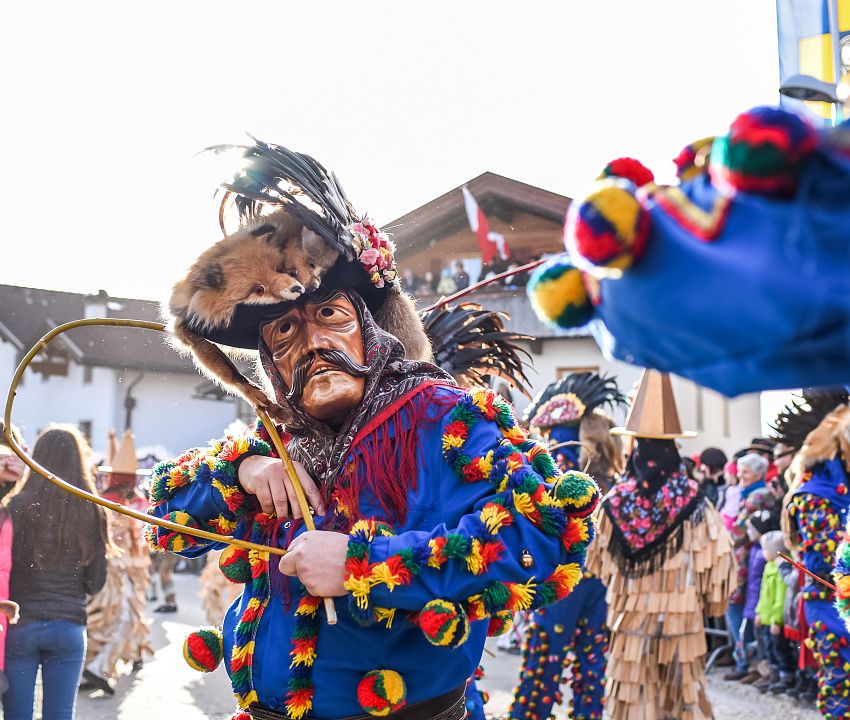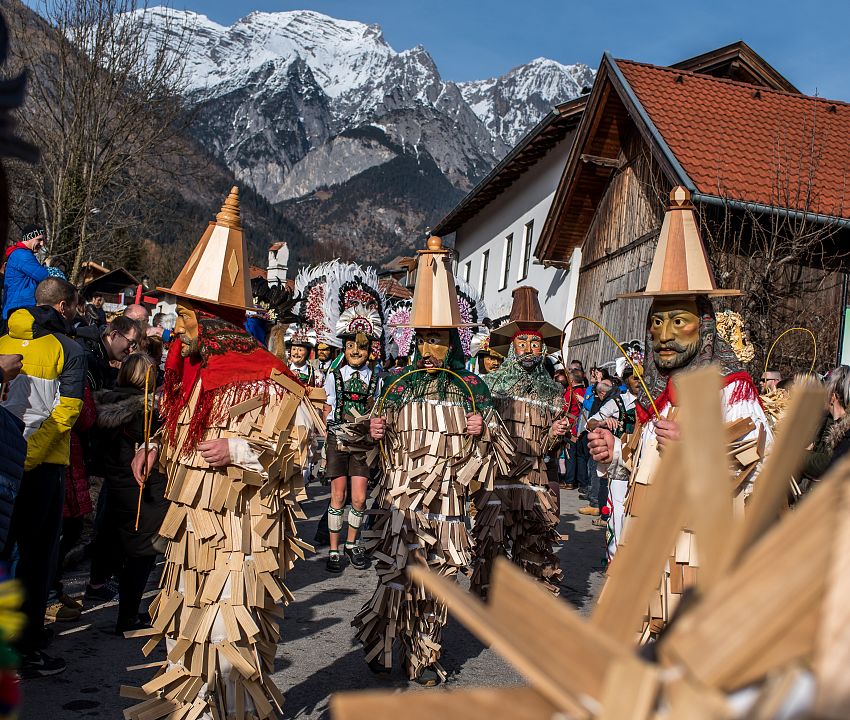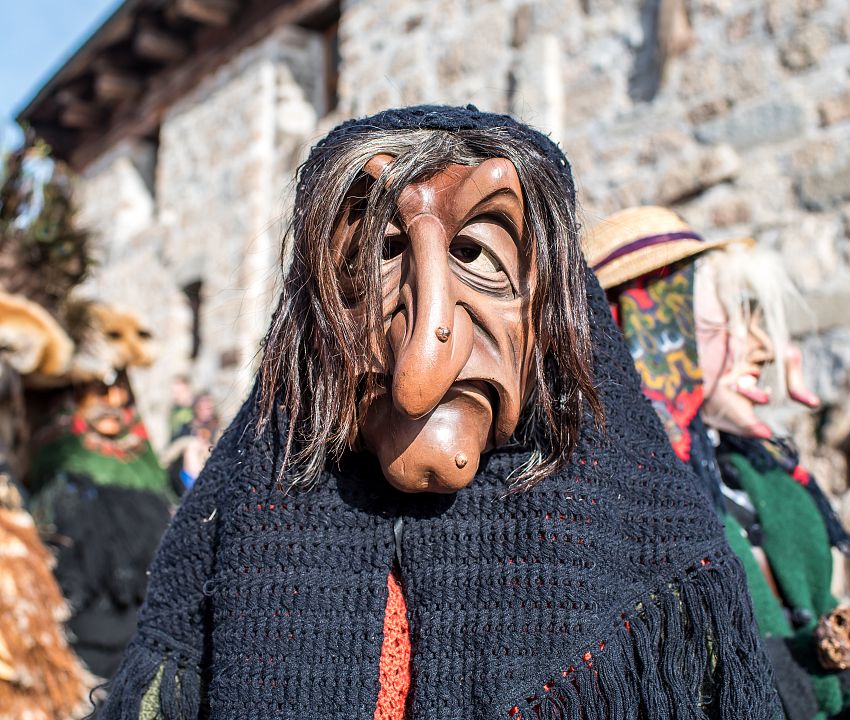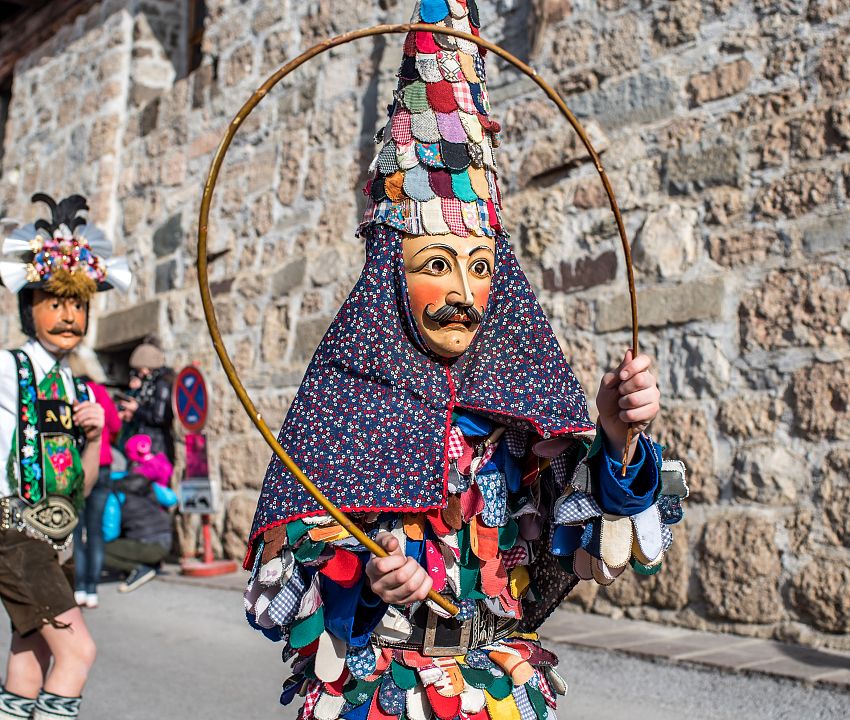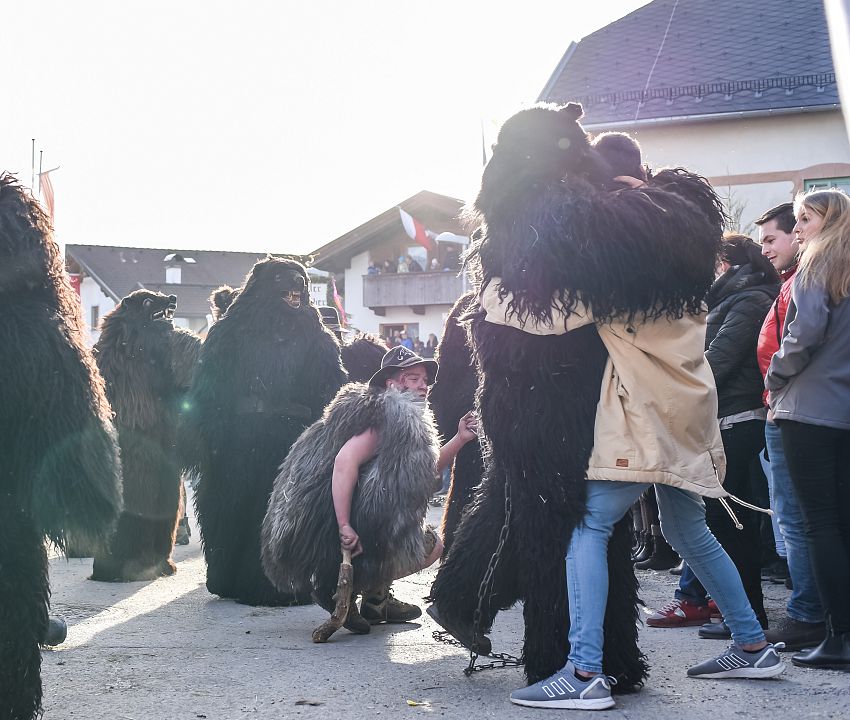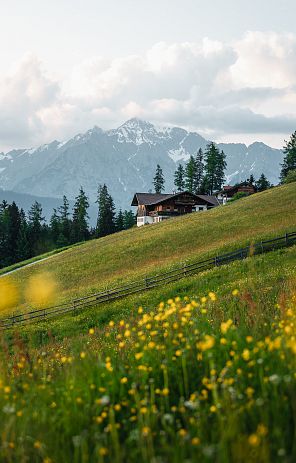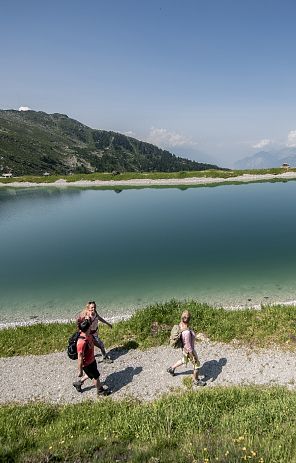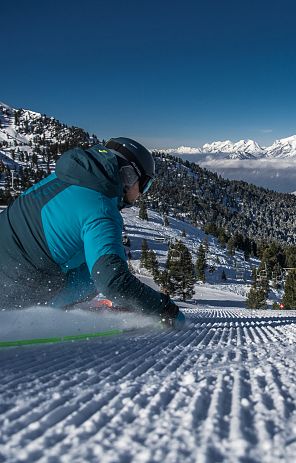Carnival customs. In the heart of Tyrol
The quiet and contemplative Christmas season is drawing to a close. And while the precious nativity scenes that have been passed down through the generations are slowly being put away again in the parlors, the colorful carnival hustle and bustle begins.
A traditional procession takes place alternately in the villages of the Hall-Wattens region, in which winter - in the form of the Zottler - is defeated by spring - embodied by the Tuxer. In earlier times, the carnival procession was considered a public nuisance. Despite many bans, it never fell into oblivion, which shows how deeply rooted this custom was and still is in popular life. The protagonists of the procession, dressed in elaborate costumes, reflect the eternal battle between good and evil, between light and dark (right and wrong) in an impressive way.
In earlier times, this interplay between Zottler and Tuxer, bear and bear driver, to name but a few, usually took place in the farmers' parlors. It was not until the 20th century that this custom began to be performed on the street and thus introduced to a wider section of the population. The Matschgererumzug was already mentioned in the Tiroler Volksbote on 04.02.1926.
The carnival has lost none of its appeal to this day. The Matschgerer from Mils and Absam, the Thaurer and Volderer Muller, Baumkirchner Hexen, Wattener Schellenschlager and various traditional floats take part in this parade every year - and present local village life in a folkloristic, humorous way. There is also plenty of music on offer when the bands and many others demonstrate their skills.
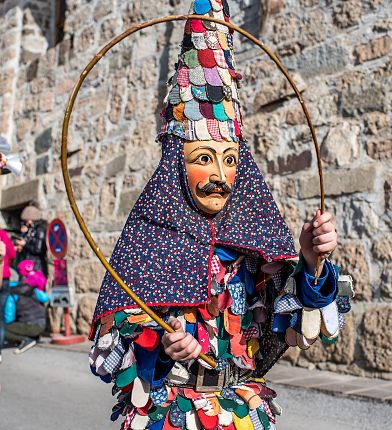
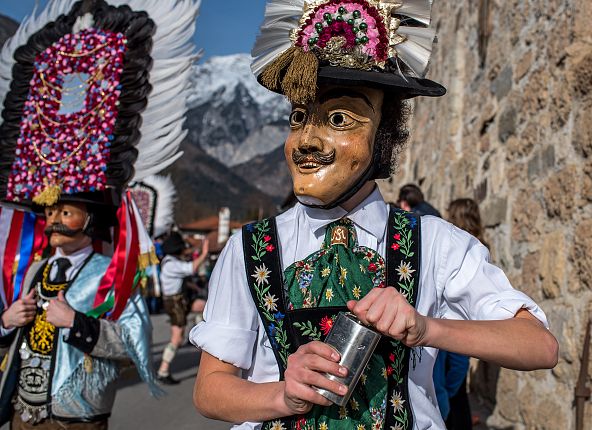
Current dates for the 2024 carnival in the Hall-Wattens region
When talking about the Tyrolean carnival, sooner or later the term "MARTHA villages" comes up:
The five villages of Mühlau, Arzl, Rum, Thaur and Absam lead from the provincial capital of Innsbruck at the foot of the Karwendel to Hall in Tirol. The term "MARTHA villages" is made up of the first letters of the villages. Incidentally, the letter "H" of the MARTHA villages refers to the Hall district of Heiligkreuz, which lies between Thaur and Absam, and not, as many assume, to Hall in Tirol.
The custom of the MARTHA villages is so culturally significant that it was declared a UNESCO World Heritage Site (Intangible Cultural Heritage) in 2011.
